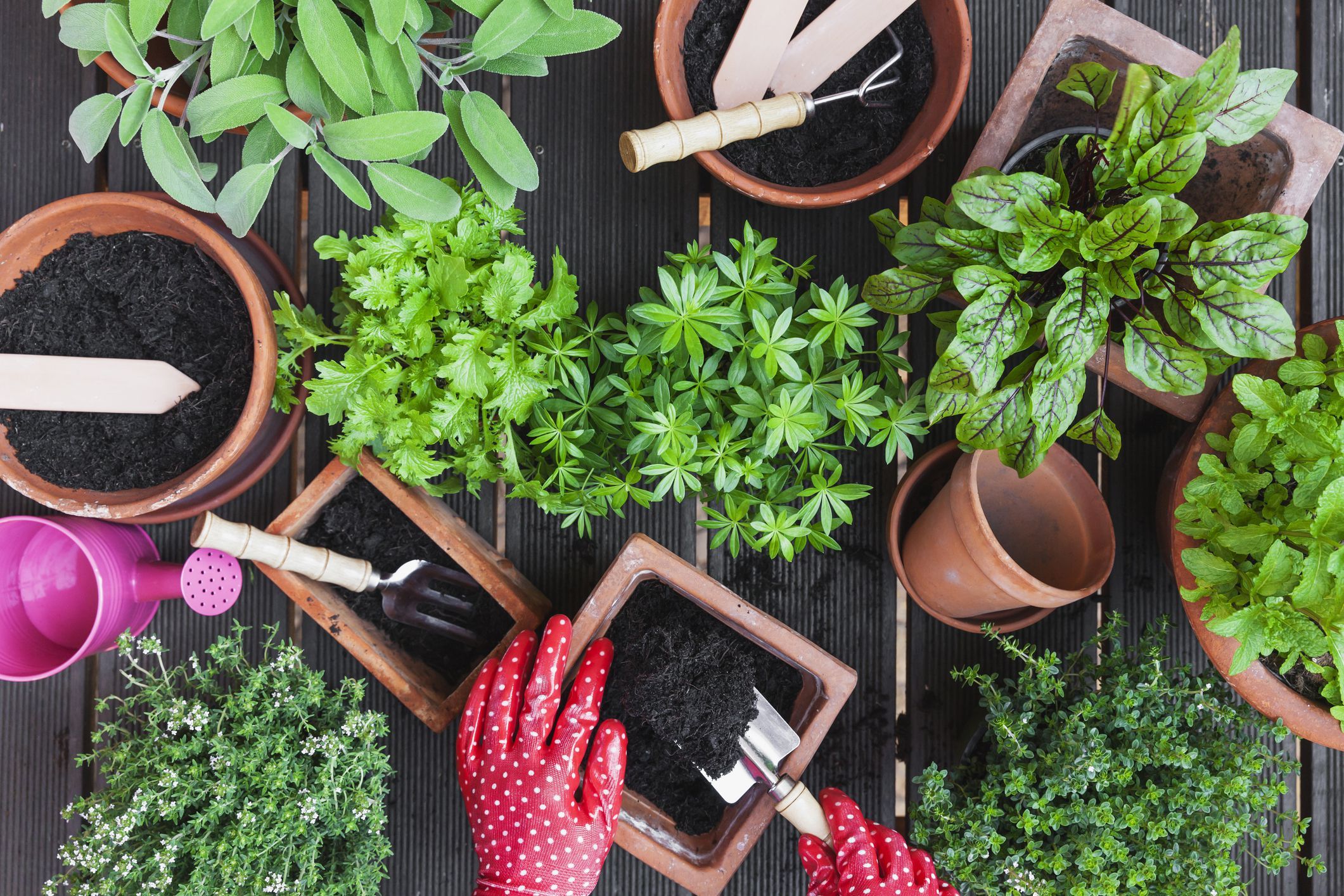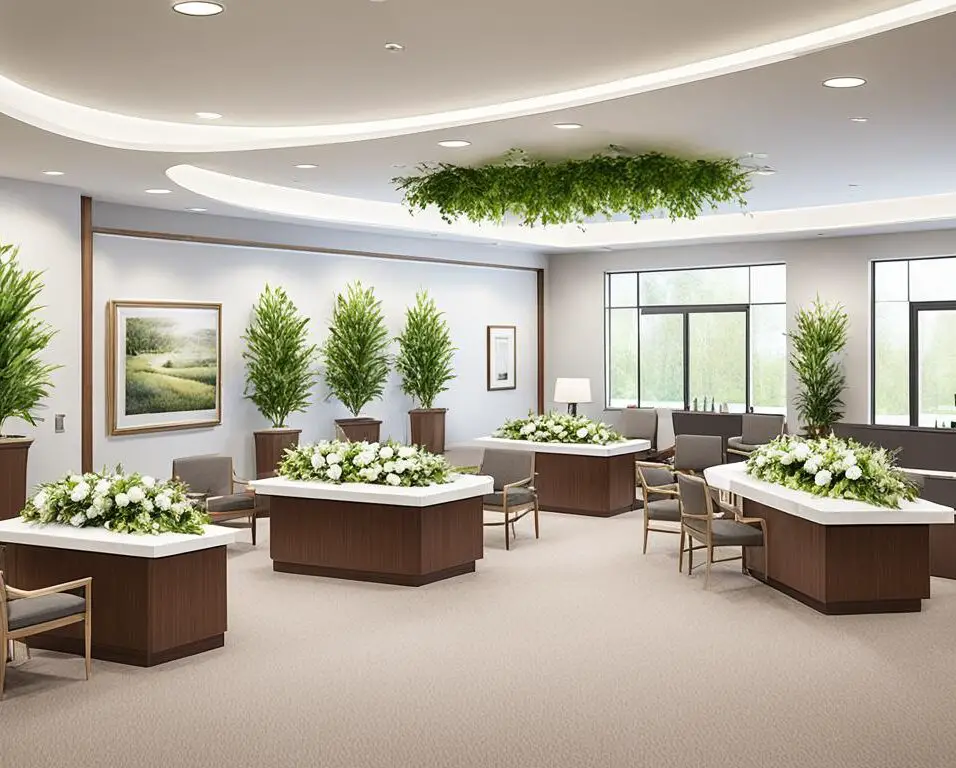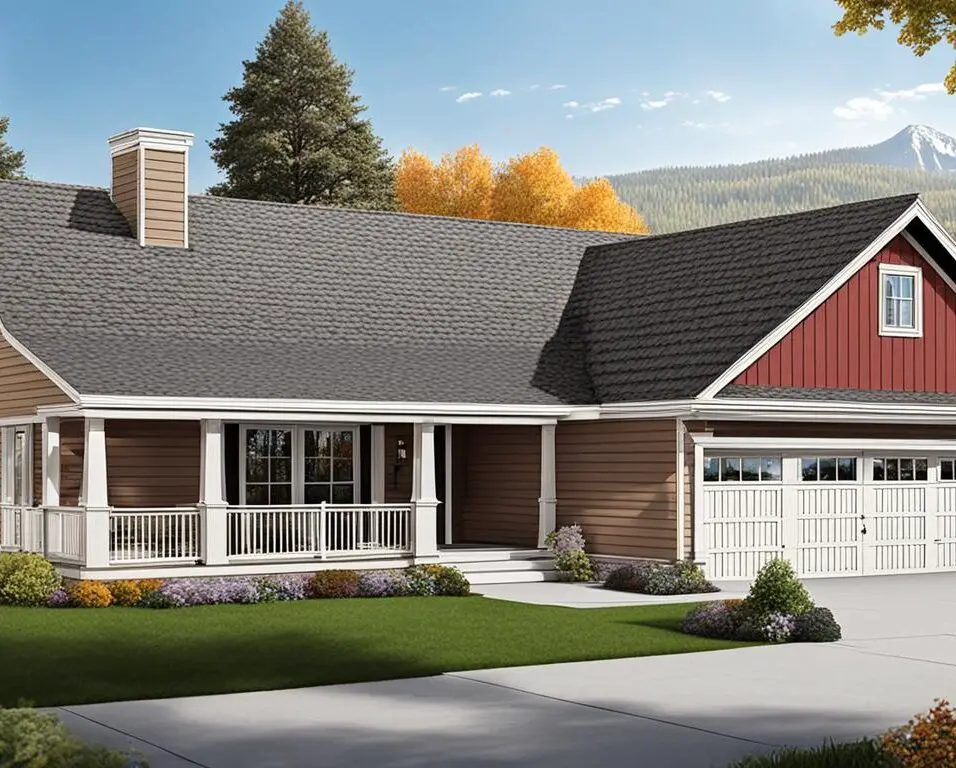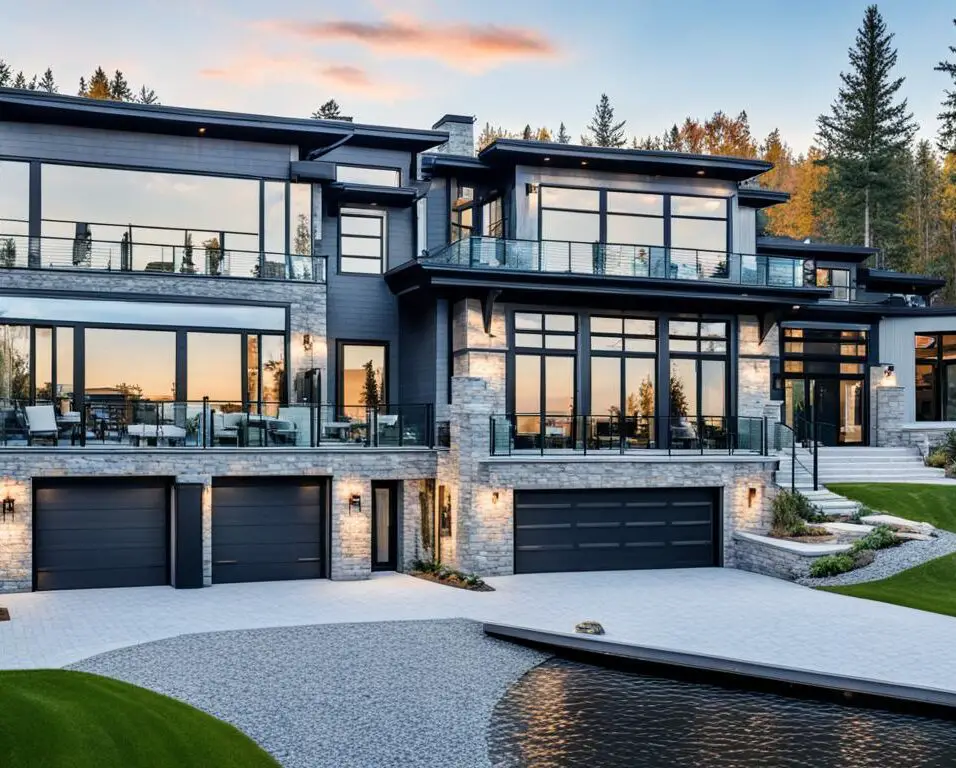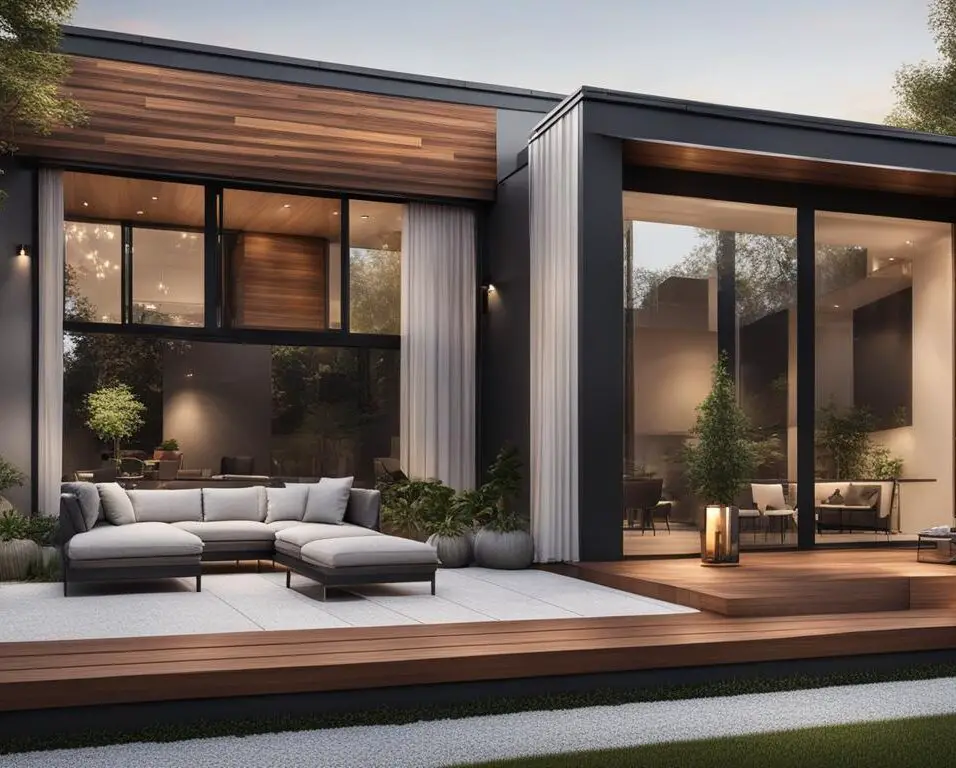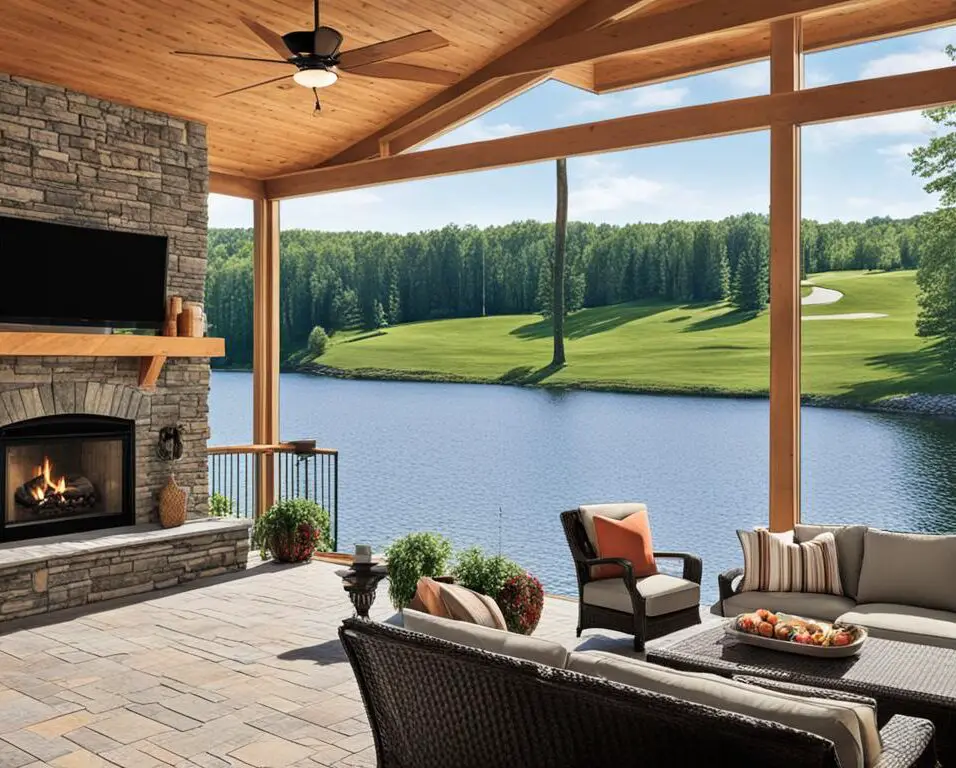Can You Use Gardening Soil In Pots
Introduction
Gardeners find peace and satisfaction in caring for plants, watching them grow, and adding nature to their surroundings. The soil you use to grow potted plants determines their success. Although container gardening potting mixes are available, many question if they may use their garden soil for potted plants. This question emerges from the desire to use resources efficiently and cut costs. However, using gardening soil in pots requires careful consideration of several aspects to assure plant development and health.
Gardening soil, also known as garden soil or topsoil, is typically used in outdoor gardens safe beds and landscapes. It consists of a mixture of minerals, organic matter, water, and air, forming a complex ecosystem that supports plant growth. When transferring this soil to pots, certain benefits and challenges come to the forefront.
We shall discuss the pros and cons of potted gardening soil. You must also consider soil composition, drainage, nutrient availability, and insect and disease risks. Garden soil can provide nutrients to potted plants, but it may need modifications for container use. We will also discuss which plants thrive in garden soil-filled containers and which struggle.
Gardening is a mix of science and art, and soil quality may greatly affect plant health. We must balance soil ecosystem integrity and container gardening demands while employing gardening soil in pots. This exploration will provide you the knowledge to make informed decisions about using gardening soil in potted plants.
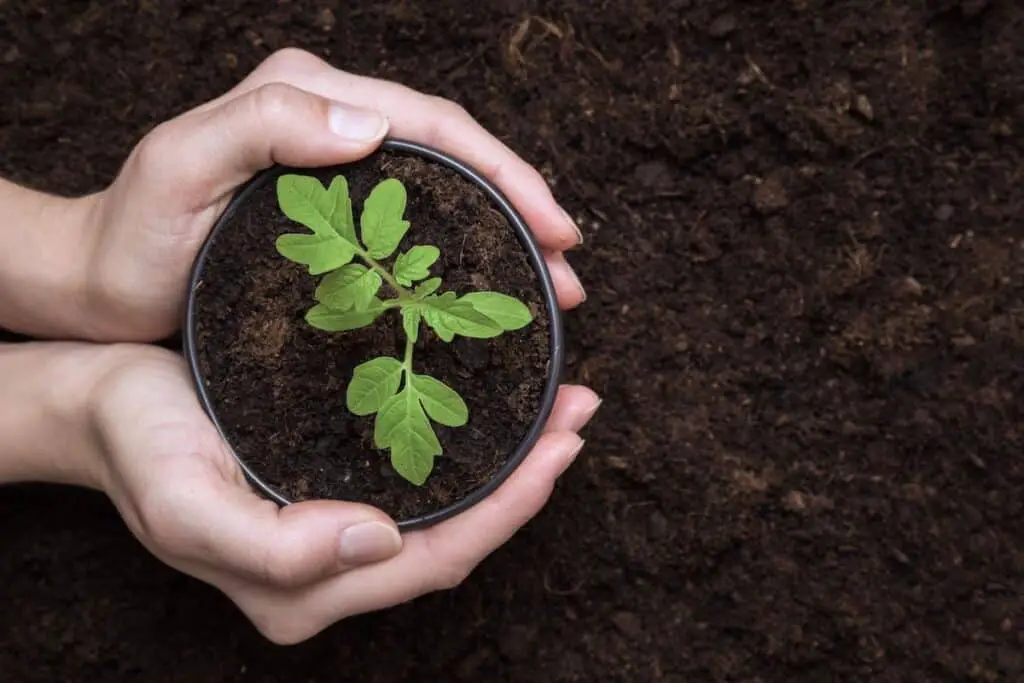
Can I mix garden soil and potting soil for pots?
Potting soil can be mixed with garden soil for particular cases such as raised beds, but it’s not a good mix for containers. Learn more about these different types of soil and how to use them in various types of gardens.
Yes, mixing garden soil and potting soil can be a viable approach for potting plants, offering a blend of advantages from both mediums. Garden soil brings natural nutrients and a diverse microbial ecosystem, while potting soil ensures better drainage and aeration, essential for container gardening.
To create an effective blend, combine equal parts of garden soil and potting soil. This mixture balances the nutrient-rich qualities of garden soil with the improved structure and water-retention capabilities of potting soil. However, it’s crucial to consider the specific needs of your plants. Some plants may thrive in this mix, benefiting from the enhanced fertility, while others might prefer a lighter, well-draining medium.
Regular monitoring of moisture levels and plant growth is essential, as the combination might alter water retention characteristics. Additionally, supplementing the mix with perlite or vermiculite can enhance aeration and drainage, promoting healthy root development.
Mixing garden soil and potting soil can be a practical compromise, providing a blend that caters to the needs of various plants while maintaining a suitable environment for container growth. Experimentation and careful observation will guide you to the best balance for your specific plants and conditions.
Can you turn garden soil into potting soil?
Garden soil is the cheapest way to enrich the soil in gardens and flower beds. You can also use garden soil as an ingredient in homemade potting soil. Yes, some people want soil in their potting soil. Just be sure to add nutrients and amendments to make the mix light and loose.
Yes, it is possible to transform garden soil into suitable potting soil with a few essential steps. Garden soil, while rich in nutrients, may not possess the ideal texture and drainage properties needed for successful container gardening. To convert garden soil into potting soil:
Screening and Removal: Start by removing debris such as rocks, roots, and large clumps from the garden soil. This ensures a finer texture, which is crucial for proper root development in pots.
Amendments: Enhance the soil’s structure by adding materials like perlite, vermiculite, or coarse sand. These additives improve drainage and aeration, preventing compaction in containers.
Organic Matter: Incorporate well-rotted compost or other organic matter to improve the soil’s water-holding capacity and nutrient content. Compost also introduces beneficial microorganisms to support plant growth.
Balancing pH and Nutrients: Test the soil’s pH and nutrient levels. Adjust them, if necessary, using appropriate amendments to create an optimal growing environment for your chosen plants.
Sterilization: To prevent the introduction of pests, diseases, or weed seeds, consider sterilizing the soil by baking it in an oven or using solarization techniques.
Mixing: Thoroughly blend the amended garden soil to achieve a uniform consistency. This will ensure that the soil provides a balanced environment for root development and nutrient uptake.
By taking these steps, you can effectively convert garden soil into potting soil that offers improved drainage, aeration, and overall suitability for container plants. However, periodic monitoring and adjustments will be necessary to maintain the desired qualities over time.
How do I make my garden soil good for pots?
Making Soil-based Potting Media
1.Start with one gallon of sterilized loam soil, commonly called garden soil and sold at garden centers, and pour it into a clean, empty bushel basket.
2.Add one gallon of moist, coarse sphagnum peat moss, followed by one gallon of coarse sand, perlite, or vermiculite.
To adapt garden soil for use in pots, it’s essential to enhance its texture, drainage, and nutrient retention capabilities to create a more suitable environment for container plants.
Amend Texture: Garden soil can be too dense for pots. Incorporate materials like perlite, vermiculite, or coarse sand to improve aeration and prevent compaction. These additions help create a looser, well-draining structure that promotes healthy root growth.
Add Organic Matter: Mixing well-rotted compost or aged manure into the garden soil improves its water-holding capacity and enriches nutrient content. Organic matter also introduces beneficial microorganisms that support plant health.
Adjust pH and Nutrients: Test the soil’s pH and nutrient levels. Depending on the specific needs of your plants, amend the soil with lime to raise pH or sulfur to lower it. Incorporate balanced, slow-release fertilizers to ensure ongoing nutrient supply.
Screen and Remove Debris: Remove rocks, roots, and large particles from the soil to create a finer texture that’s more suitable for container gardening.
Sterilize if Needed: To prevent pests, diseases, and weeds, consider sterilizing the soil by baking it in the oven or using solarization methods.
Mix Thoroughly: Blend the amended garden soil thoroughly to create a consistent mixture that provides adequate drainage, aeration, and nutrient retention.
By following these steps, you can transform your garden soil into a well-balanced medium that meets the unique requirements of potted plants. Regular monitoring and adjustments will ensure a successful and thriving container garden.
What soil is best for potted plants?
Best Potting Soils
- Best Overall. Burpee Natural and Organic Potting Mix.
- Best Peat Moss Free. PittMoss Plentiful Organic Potting Mix.
- Best for Succulents and Cacti. Harris Premium Succulent and Cactus Potting Mix.
- Best for Orchids.
- Best Potting Mix with Water-Storing Crystals.
- Best Condensed Potting Mix Block.
The ideal soil for potted plants is a well-balanced potting mix specifically formulated for container gardening. A high-quality potting mix offers optimal drainage, aeration, moisture retention, and nutrient availability – all critical factors for healthy plant growth in confined spaces.
A good potting mix usually consists of a blend of peat moss, perlite, vermiculite, and organic matter. Peat moss retains moisture while providing good aeration, and perlite/vermiculite ensure proper drainage and prevent compaction. Organic matter such as compost or aged bark improves water-holding capacity and nutrient content.
Look for potting mixes tailored to the types of plants you’re growing – some might require enhanced drainage, while others need more moisture retention. Specialty mixes are available for succulents, cacti, orchids, and more.
Avoid using garden soil alone for potted plants, as it can become compacted, hinder root growth, and increase the risk of diseases and pests. While it’s possible to amend garden soil for pots, a professionally formulated potting mix takes the guesswork out of creating the ideal growing medium.
In summary, a premium potting mix offers the perfect balance of water, air, and nutrients that potted plants need to thrive. Its tailored composition ensures that your container plants receive the best possible start and conditions for robust growth and vibrant blooms.
What are the potential benefits of using gardening soil in pots as opposed to traditional potting mixes?
Using gardening soil in pots instead of traditional potting mixes presents a unique set of potential benefits that can appeal to certain gardening scenarios. Garden soil, often termed topsoil, is typically rich in nutrients and harbors a diverse community of microorganisms due to its exposure to natural environmental conditions. When incorporated into pots, these benefits can offer a more holistic and sustainable approach to container gardening.
One advantage lies in the inherent nutrient content of gardening soil. It often contains a broad spectrum of minerals and organic matter that can provide plants with a natural and diverse source of sustenance. Additionally, the microbial activity in garden soil can establish a balanced ecosystem within the pot, contributing to overall soil health and plant vitality.
Furthermore, using garden soil can be a cost-effective alternative, especially for larger container plantings, as it reduces the need for purchasing commercial potting mixes. This approach aligns with environmentally conscious practices, as it repurposes existing resources rather than relying solely on manufactured products.
However, it’s important to consider the potential downsides as well. Garden soil may not possess the optimal structure for container gardening, leading to poor drainage and aeration. It might also carry pests, diseases, or weed seeds that can affect potted plants negatively. Thus, while the benefits are enticing, gardeners should carefully weigh the advantages against the challenges before opting to use gardening soil in pots.
What are the key considerations and challenges when using gardening soil for potted plants?
Using gardening soil for potted plants presents both considerations and challenges that demand careful attention. Key considerations include the soil’s composition, drainage, nutrient balance, and the specific needs of the plants being cultivated. Garden soil is often denser than potting mixes, which can hinder water drainage and root aeration in containers. As a result, poor drainage can lead to waterlogged roots and increased susceptibility to root rot.
Another challenge is the potential imbalance of nutrients. While garden soil may contain natural nutrients, they might not be in the right proportions or readily available for potted plants. Moreover, garden soil can be inconsistent in texture and composition, impacting its suitability for containers. The risk of introducing pests, diseases, or weed seeds from the garden into pots is also a concern.
The compatibility of garden soil with different plant types is a vital consideration. Some plants may thrive in garden soil, benefiting from its nutrient richness, while others might suffer due to poor drainage or nutrient imbalances.
Successful adaptation of gardening soil for pots involves strategic amendments, such as adding perlite or compost to improve drainage and nutrient content. Regular monitoring for moisture levels, nutrient availability, and pest infestations is essential to ensure the well-being of potted plants. Balancing the benefits of garden soil’s natural nutrients with the challenges of its texture and potential drawbacks requires a thoughtful approach to provide the best possible conditions for potted plants to flourish.
How does the composition of gardening soil differ from that of specialized potting mixes, and how might it impact plant growth in containers?
The composition of gardening soil and specialized potting mixes differs significantly, influencing plant growth in containers in distinct ways. Garden soil, often derived from outdoor environments, contains a mixture of minerals, organic matter, water, and microorganisms. In contrast, specialized potting mixes are engineered to optimize container gardening conditions, typically incorporating ingredients like peat moss, perlite, vermiculite, and organic matter.
This composition variance has notable implications for plant growth. Garden soil, being denser and less aerated, can hinder water drainage in pots, leading to root suffocation and increased risk of diseases. Its potential inconsistency in texture can also affect root development and hinder water retention, causing uneven moisture levels.
Specialized potting mixes are designed to promote optimal drainage and aeration in containers, preventing compaction and enhancing root growth. Their carefully balanced blend of ingredients ensures adequate water retention, nutrient availability, and proper root aeration for different plant types. This results in healthier root systems, vigorous growth, and reduced likelihood of diseases.
In summary, the composition disparity between garden soil and specialized potting mixes significantly impacts plant growth in containers. The tailored composition of potting mixes addresses the unique challenges of container gardening, offering better drainage, aeration, and moisture retention, all of which are crucial for fostering healthy and thriving potted plants.
What factors should gardeners take into account when deciding whether to use gardening soil in pots for specific plant types?
When contemplating the use of gardening soil in pots for specific plant types, gardeners must consider several critical factors to ensure successful growth. First and foremost, the water requirements of the plant should be evaluated. Garden soil’s potential to retain excess moisture could lead to root rot for plants that prefer well-draining conditions, while it might be suitable for moisture-loving plants.
The nutrient needs of the plant should also be taken into account. Some plants might benefit from the natural nutrients present in garden soil, while others could experience nutrient imbalances or deficiencies due to the soil’s composition.
Plant size and growth rate matter too. Garden soil might not provide adequate support for larger plants with expansive root systems. Similarly, the compacted nature of garden soil might hinder rapid growth for plants that require a looser medium.
Furthermore, consider the potential risk of pests, diseases, or weed seeds that might be present in garden soil. Certain plants could be more susceptible to these issues, making the use of garden soil less desirable.
Lastly, assess the adaptability of garden soil through amendments like perlite or compost. Plants that can tolerate or benefit from these amendments might be better candidates for growing in garden soil-filled pots.
Understanding the water needs, nutrient requirements, size, growth rate, susceptibility to pests/diseases, and the potential for soil amendments are all vital considerations when deciding whether to use gardening soil in pots for specific plant types.

Conclusion
Using potted gardening soil requires balancing resource efficiency with plant growth. Garden soil has natural nutrients and a familiar makeup, but it also poses obstacles that must be considered.
The success of using gardening soil potted in pots hinges on understanding and addressing these challenges. Amending the soil with appropriate additives to improve drainage, aeration, and nutrient retention is crucial. When converting garden soil to containers, moisture, nutrient, and pest and disease monitoring is essential.Plant compatibility with garden soil-filled containers is also important. Some plant species thrive due to the soil’s natural qualities, while others suffer due to soil requirements.
A commitment to plant health should determine whether to utilize potted gardening soil. Gardeners can use garden soil in container gardening by making the appropriate changes and best practices. With careful planning and care, potted plants can recreate a garden’s rich splendor in any room.



